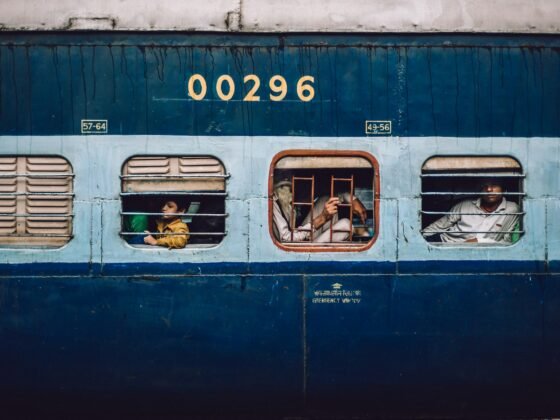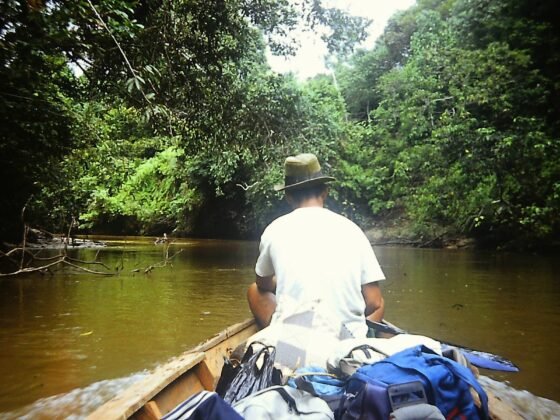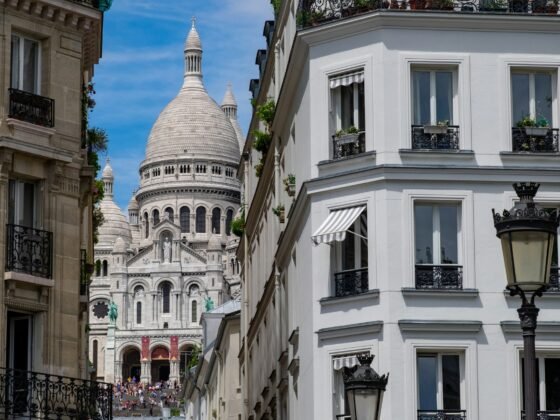by Joanna Griffin
Runner Up in the 2023 PureTravel Writing Competition
The celebrations begin early on this, the holiest day of the Ethiopian Orthodox Christian calendar— Timkat, the Epiphany. Deep in the hills of northwestern Ethiopia is the historic town of Gondar, and nowhere is the day more sacred than here in ‘Africa’s Camelot’, once capital of an ancient kingdom. It is before dawn on 19th January—the tenth day of Tir in the Ethiopian calendar. The town’s central Piazza is dark and silent but two kilometres away taxis, tuk-tuks and carts are drawing up outside the bathhouse of the seventeenth-century Emperor Fasiladas, depositing all of humanity onto the stony path outside the entrance. The walls of the archway are dark and as the crowd filters through, their lighted tapers cast a flickering orange light onto the stonework and the white shawls of the faithful.
By day the enclosure is quiet, almost deserted. The wide grassy area is separated from the outside world by a high stone wall with domed towers, speckled by the shade of pines and eucalypts. It is a sanctuary from the frenzied streets and offers protection from the fierce sun of the dry season. Inside is a smaller walled enclosure housing the bathhouse and the usually empty pool, where the gnarled trunks snake along the wall and down the stone steps.
In the early hours of this sacred morning, the entrance opens onto a thronging mass, clothed in the traditional white robes and shrouded in shawls, the flames of their lighted tapers dancing in the early breeze. The bathhouse itself is illuminated by a string of coloured lights, reflected in the blackness of the pool which has been filled for the occasion.
The air is thick with incense, its smoke spiralling into the night sky and leaving behind a fragrant haze. A low, moaning chant fills the compound, repeated hypnotically for what seems like hours. The rickety, tiered seating at one end of the pool, constructed only of tree branches and supported by thin wooden struts is already full, and latecomers congregate in long rows outside the inner bath-house compound. Revellers climb trees for a better view, small children squat with friends on the grass and the faithful open their prayer books as the ceremony begins. The atmosphere is hushed with no hint of the revelry of the previous night when thousands had filled the streets of Piazza, parading and dancing and pulsing to the beat of drums, dressed in the bright colours of the Ethiopian flag.
Now, as dawn begins to break, the atmosphere changes with the light. As a pale glow appears over the trees and the fairy-lights begin to fade, the crowds are stirred into a quiet chatter. Their white robes appear to gleam a little more in the pallor of early-morning and I’m amazed at their whiteness in the dust of this hot, dry town. Hundreds of worshippers hanging from trees, standing on walls and wedged shoulder to shoulder on the wooden tiers are illuminated by the early sun.
And then the proceedings are over, marked ceremoniously by a mass plunge into the green water. The tapers are extinguished as friends and neighbours greet each other and begin to pose for photographs on the red carpet towards the back of the enclosure. Young men throw lemons at women in proposals of marriage, the girls hoping that it will — or perhaps that it won’t — be their turn next. The sacred is over and the secular celebrations begin.
Priests and religious men squeeze back through the compound’s arch, in their heavily brocaded robes of deep crimson, green and gold, and carrying crosses and tasselled velvet parasols. They slowly parade their tabots— their replicas of the Arc of the Covenant—through the streets back towards their churches. Crowds line the road up the hill to Piazza, cheering on the procession. Alongside the priests, groups of young men rush by, brandishing large wooden sticks, chanting and cheering in celebration. Women dressed in the bright robes of their churches, whirl and spin in the hot sun to the beat of the kebero— the large church drum— and the melancholy strains of the stringed masenqo, which is strangely at odds with the festive atmosphere.
Slowly, as the days draws on, the revellers return to their homes to continue the celebrations in their own neighbourhoods— roasting goat, cooking the fiery celebration chicken dish of Doro Wat, and preparing strong hot coffee on charcoal stoves. The day will be dissected, the stories re-told and Timkat concluded for another year.
Photo by mulugeta wolde on Unsplash












